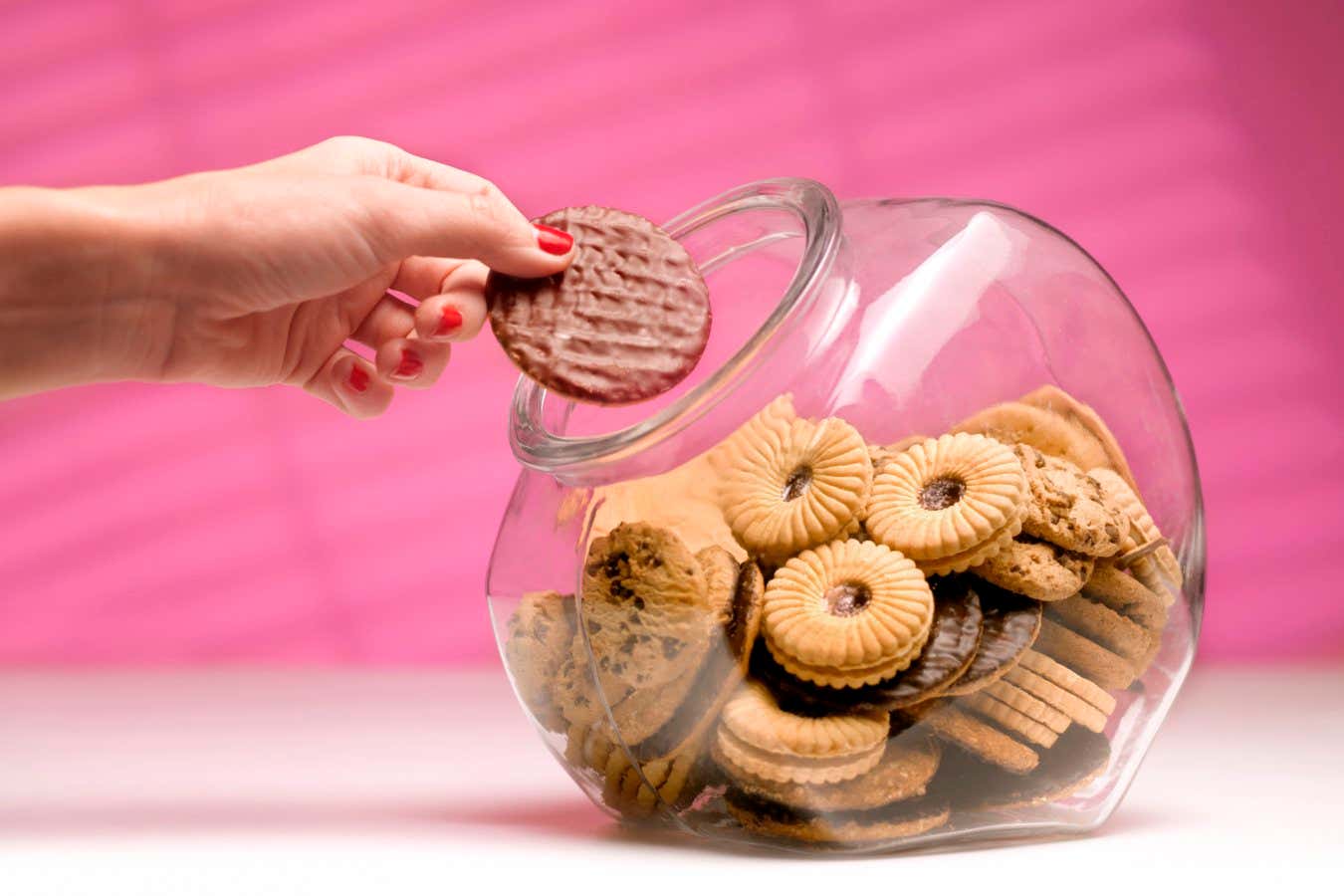
Peter Dazeley/Getty Images
We are often told not to eat between meals, and there is a general perception that snacking is unhealthy. But, as usual when it comes to food, temptation prevails.
Snacking is very common, and increasingly so. In the early 1970s, for example, US adults consumed about 18 per cent of their total calories in snack form. By 2010, that had risen to 23 per cent. Similar numbers have been recorded in the UK, Brazil and Norway.
This article is part of a series on nutrition that delves into some of the hottest trends of the moment. Read more here.
Given how common snacking is, it would be nice to know whether the received wisdom is true. But research on the health effects of snacking has produced a dog’s dinner of results. Some studies have found that, as expected, snacking has negative health consequences. But others have found the opposite.
To get a clearer picture, earlier this year, Sarah Berry at King’s College London, who is also chief scientist at the Zoe nutrition app, and her colleagues, re-analysed data they had gathered as part of an experiment carried out in 2018 and 2019, in which around 850 participants recorded everything they ate and when they ate it across two to four days. They were also tested on a range of measures of cardiovascular health, such as levels of blood fats and glucose.
